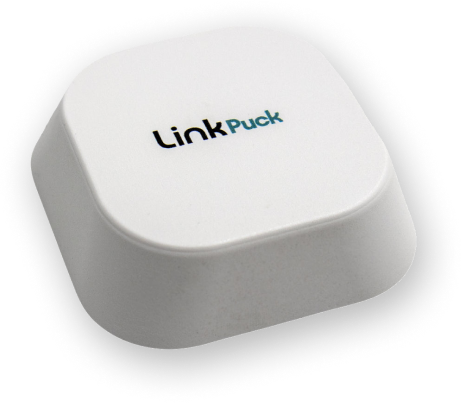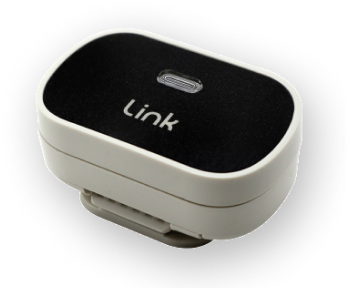Xylitol: The Household Ingredient Fetching Concern From Dog Parents
What is Xylitol?
Xylitol is a type of carbohydrate, called a sugar alcohol, that occurs naturally in small amounts in many fruits and vegetables. While it looks and tastes like sugar, xylitol has about 40% fewer calories and doesn’t raise blood sugar, so it’s often used as a sweeter alternative. Store-bought xylitol is a fine, white, crystal-like powder.

So, what does xylitol have to do with your dog?
Xylitol & Dogs – A Deadly Combination
Xylitol is poisonous to dogs and poses significant health risks - even when consumed in small doses. According to Ahna Brutlag, DVM, associate director of veterinary services at Pet Poison Helpline, xylitol poisoning is a major problem. Brutlag says ingesting xylitol causes a rapid and massive insulin release in dogs, which will manifest itself outwardly as acute weakness, staggering, and vomiting. “Within 15 to 20 minutes, they might even be comatose,” she adds, and depending on the amount consumed, a dog can also experience liver failure from ingesting xylitol.
The most common signs of xylitol poisoning include:
- Vomiting
- Weakness
- Unsteady/wobbly gait
- Collapse
- Seizures/tremors
- Jaundice (yellowing of the eyes, gums, or skin)
- Bloody stools
- Bruising or bleeding stemming from liver failure
- Neurologic problems caused by the liver failing to remove toxins from the bloodstream
The first signs (typically vomiting and hypoglycemic effects) can develop within 10-15 minutes of ingesting the xylitol. Liver damage may become apparent within 9-12 hours but can take a few days to develop.
Common Household Items that Contain Xylitol
(According to petmd.com)
Some items you may find in your home that contain xylitol, include -
Foods:
- Gum – If a gum is labeled sugar-free, it could likely contain xylitol (Vets note this is one of the most common culprits of xylitol poisoning in dogs)
- Candy & Mints
- Baked Goods
- Cereals
- Peanut Butter
- Syrup & Honey
- Jellies & Jams
- Ketchup & Condiments
- Drink Powders
Other Household Items:
- Mouthwash & Toothpaste – While these products often contain far less xylitol than, say, sugar-free gum, dental products often use xylitol because it strengthens teeth, has a sweet taste, and has plaque-fighting properties
- Medications & Vitamins
- Shampoo
- Lotions & Deodorants
- Lip Balm
- Cosmetics
Important Note: this is not a complete list, but rather some of the most common household goods that contain xylitol. It’s important to read the labels of the items in your home to know if they contain xylitol.
If you have any products in your home that contain xylitol, ensure they’re stored well out of your dog’s reach, and be careful to not share any food with your dog that contains any amount of xylitol.
What to Do If Your Dog Ingests Xylitol
First, call the Pet Poison line immediately at 855-764-7661. Link Pack members have free access to the Pet Poison Helpline by calling the number found in your Link My Pet app under Settings > Link Concierge & Support > Pet Poison Helpline 24/7. If possible, have the packaging in hand so you can get the best advice as quickly as possible while you get your dog to the vet. Be prepared to take notes that may be helpful to your vet.
Next, contact your veterinarian or the nearest emergency vet ASAP for an emergency visit. If you’ve already spoken with a pet poison hotline expert, relay any information they provided you to your vet to possibly help expedite treatment.
Do not wait for symptoms to appear. If you know your dog has ingested any amount of products containing xylitol, make a plan to get them to the vet as quickly as possible.





